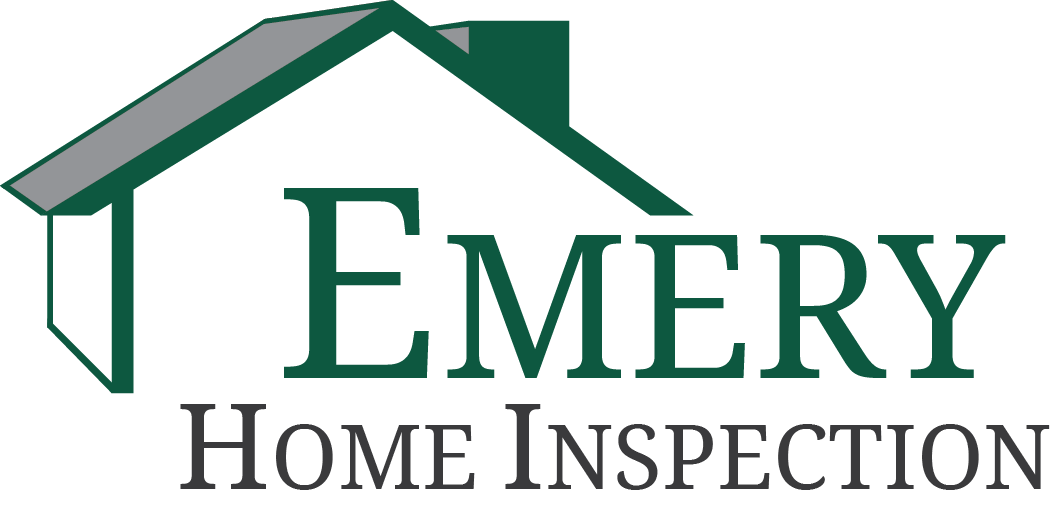Wood-boring beetles
Introduction
After termites, wood-boring beetles are the most destructive wood destroying insects in the home. The type of beetle, moisture-content of the wood, and environmental conditions determine the severity of the damage that can be caused by this type of pest. The four most common types of wood-boring beetles are the lyctid, anobiid, bostrichid and old house borer. The lyctid, anobiid, and bostrichid beetle are often called “powderpost” beetles because they leave a trail of powdery wood when they exit their feeding habitat.
Lyctid Beetle
There are more than 35 kinds of lyctid beetles, all ranging from 1/8-1/4 inch long and appearing reddish-brown to black in color. They most often infest hardwoods, such as oak, and live in varying moisture conditions. Only the larvae of lyctid beetles destroy wood. This typically occurs after the female has laid 20-50 eggs in the cracks or ends of boards. The larvae bore just underneath the surface until they develop into adults and then cut a small, circular hole to exit. Males and females exit the hole at the same time, as they mate, and the cycle starts over again. A lyctid beetle damage cycle usually takes 9-12 months.
Anobiid Beetle
Anobiid beetles are similar in appearance to lyctid beetles, but have several differing characteristics. Although there are more than 200 kinds of anobiid beetles, very few of them infest wood. They are most often found in homes, in cool locations and are the most common beetles that infest crawl spaces. Abobiid beetles often make an audible “ticking” sound at night inside the infested wood. This sound indicates mating. The female lays close to 50 eggs under wood splinters, in cracks and in exit holes and as the larvae matures, they chew holes to exit, mate and lay more eggs. The female anobiid beetles are able to fly, but almost always lay their eggs on the boards in which they live. This cycle takes about 2-3 years to come to completion.
Old House Borers
Contrary to their name, old house borers most often attack new homes. In fact, a common source of old house borers is firewood brought inside the home. Part of the ceramycid beetle group, old house borers are brownish black in color and 5/8-1 inch in length. Their distinguishing features include gray hairs on their head and forepart, and shiny, raised bumps on each side of the segment directly behind their head. Old house borers infect seasoned softwoods, such as pine. The larvae take 2-3 years to develop and most often stay close to the surface of the wood during that time. They typically live in wood with a moisture range of 15-25%. In very dry wood, it can take up to 15 years for old house borers to fully develop. This type of wood-boring beetle is most active in June and July.
Bostrichid Beetle
Often named “false” or “large” powderpost beetles, bamboo borers or lead cable borers, bostrichid beetles cause much less damage than lyctid or anobiid beetles. The adults and larvae of bostrichid beetles attack mostly hardwoods. The female bostrichid beetle creates “egg tunnels” to deposit eggs and the larvae then feed on the wood to grow. After they exit, they rarely re-infest the wood that they developed in.




